Arturo Fuente is a name that needs no introduction in the cigar world, and with good reason. It represents one of the most enduring continuously operating cigar dynasties, dating back to 1912. Today synonymous with the coveted Fuente Fuente Opus X, Hemingway series, and Ashton cigars, the current cigar landscape would be inconceivable without the work of this single man.
Arturo Fuente belonged to one of the earliest Cuban immigration waves to the United States, as one of many leaving the island following the chaos of the Spanish-American war. Striking the iron while it was hot, Fuente founded his eponymously named brand at a time when Ybor city was taking shape as a fully fledged tobacco town, propped up by a thriving working-class Latino community. From its inception to today A. Fuente & Co. have survived natural disasters, countless fires, embargos, financial insecurity and dramatic mid-century political upheavals over the course of its century plus history. It’s hard to extricate the company’s success from its in-family structure, generational tobacco know-how passed on from father to son. Defined by Cuban roots three generations of Fuentes, Arturo, Carlos Sr, and Carlito have ridden the waves of insecurity bringing the company from humble beginnings to international stardom.
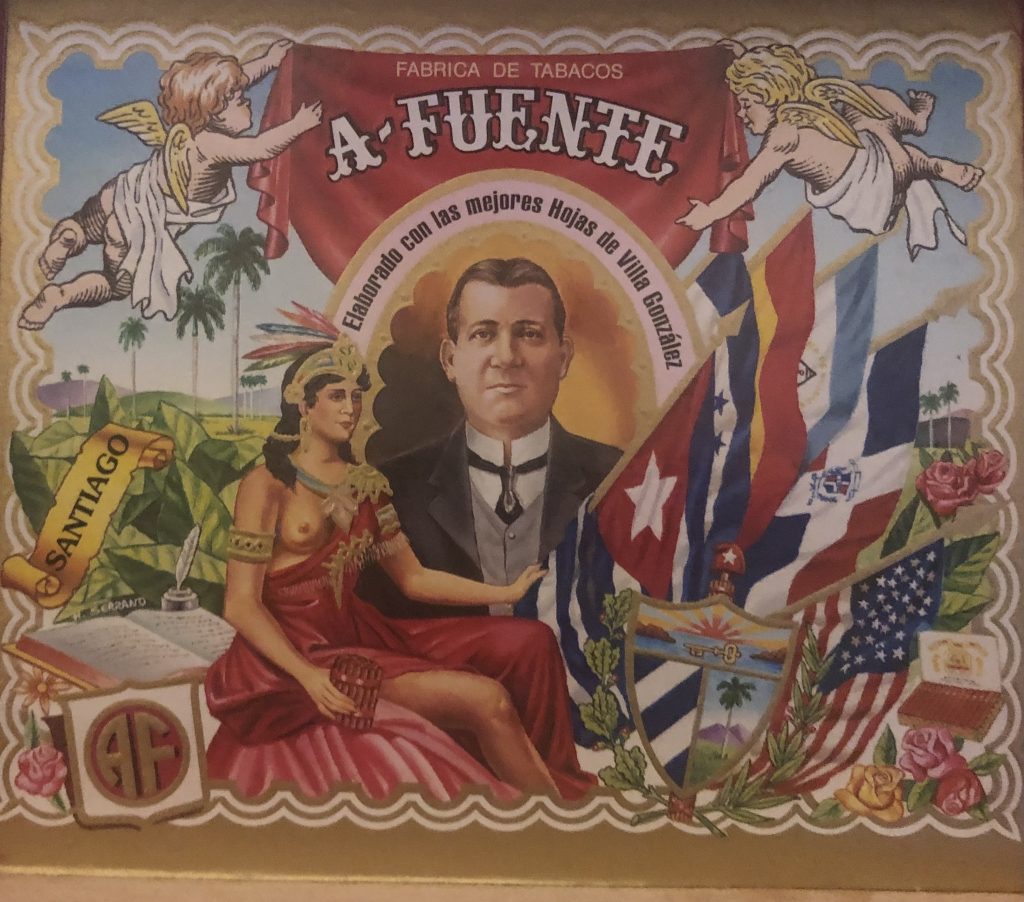
It all started from the steadfast vision and skill of the founder Arturo. A man who lived by the tobacco leaf so devoutly that he would continue even after a fire devastated his 500-employee strong factory in 1924. Returning to Tampa from a trip procuring Cuban tobacco, he would be confronted with the news. Deemed a complete loss, the patriarch would save for the following 22 years straight, to pay off the debts incurred by the fire. While doing so he was immersing his sons Arturo Jr and Carlos in the art of the torcedor, his eyes unflinchingly set on the future.
With debts completely paid, 1946 would mark the relaunch of the Arturo Fuente brand. Run from the back of their home, each member of the family would undertake the rolling of the cigars; establishing a foundational ethos of legacy and pride in the product, that lives on to this day. In 1956, A. Fuente & Co. was passed on to the ambitious Carlos, who would astutely steer the company out through the choppy waters of the Cuban revolution.
As legend has it, Carlos was visiting Cuba in 1962, a tender political time when rumors were rife about a possible U.S embargo against the island nation. Following his gut, he savvily purchased as many tobacco bales as he could get his hands on. Unlike his father 38 years earlier, Carlos returned to Florida triumphant. Just like JFK snagging 1,200 Petit Upmanns before announcing the embargo, he returned with a three-year supply of Cuban tobacco. With an incredible competitive edge, Arturo Fuente & Co. were back in the driver’s seat, Tampa’s aficionados abandoned their brand loyalties to get their hands on the only Cubans left in town. Not resting on his laurels Carlos knew this was a tender time of reinvention for the brand, the Cuban stock bought him time to innovate a new defining blend. Navigating the tumultuous post-Cuban US cigar market, required bold moves, the terrains of Nicaragua, Columbia and Puerto Rico were all scouted.
In 1973, Arturo Fuente died at the age of 85. Commemorating the passing of the patriarch, Carlos introduced the Flor Fina 8-5-8 in honour of his father. The Parejo sized cigar (47 X 152mm) released in 1975, was a favourite rolling size of the patriarch, and one Carlos would often practice while learning the ropes from Arturo, rolling as a young torcedor.
The cigar features an African Cameroon wrapper, which was completely novel, and unlike anything done by the brand before. Carlos is quoted at describing the discovery of the Cameroonian wrapper as “the best in the world… like a loose woman…she’s sweet and she’ll get along with anyone”. Lauding its characteristics, Carlos identified a hint of sweetness that lent itself very well to medium and full-bodied blends. Cameroonian tobacco is notable for its’ “toothy appearance” on account of bumps in the wrapper that are in fact, flavour packed pockets of oil. The Meerapfel family sources the African tobacco, standardising it to a unique method of cultivation including open sunlight, without the intervention of modern amenities and irrigation systems. This production style makes it one of the rarest leaves in the world.
In a perfect commemoration to his father, the 8-5-8 hit all the right notes, becoming the brand’s most popular vitola, the Fuente’s demographic now expanded far beyond the Cuban communities of Miami, Tampa and New Jersey. The bold new direction of the 8-5-8 paved the road not only to the Hemingway series, but also another commemorative cigar, the Don Carlos. Each of these defining blends featured a Cameroonian wrapper adding a sweet inflection to the famously savoury cigars.
The extent of the 8-5-8’s legacy cannot be overstated, it commemorated not only the passing of a great man, but a bold new direction. As a sort of successor to the 8-5-8, the Hemingway series would affirm Fuente’s longevity. This series went on to revive the old double-figurado style of the 19th and early 20th century. A lost art resuscitated, perhaps an homage to the family’s proud Cuban roots.
With all roads pointing to the Flor Fina 8-5-8, it felt only natural that my immersion into the world of Arturo Fuente should start with this stick.
Cold Draw: The sweetness of the Cameroonian wrapper is obvious from the get-go with cedar notes and baking spice sweetness coming to mind.
First Third: Upon lighting, a blast of woody notes is unleashed, its intensity mitigated by a dusty cacao-like sweetness. From the very beginning the draw is excellent, delivering huge plumes of smoke from the faintest puff. My palate is coated with a very satiating rich tobacco taste; heavy earth notes are balanced with a sweet baking spice and distinct white-pepper flourish.
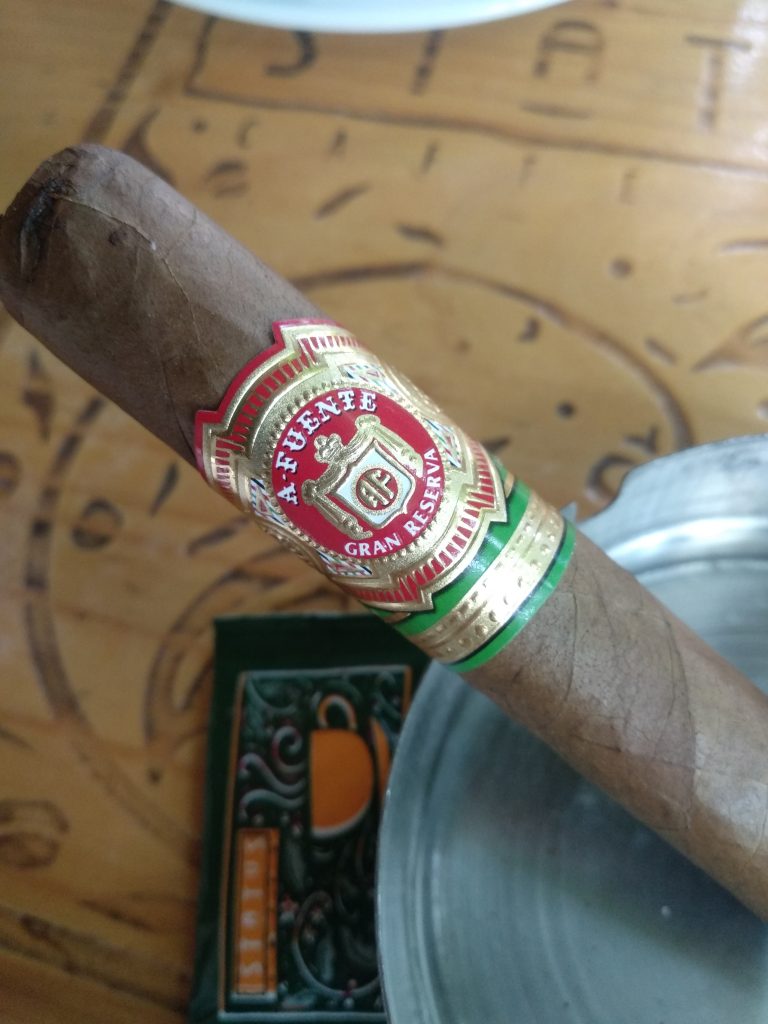


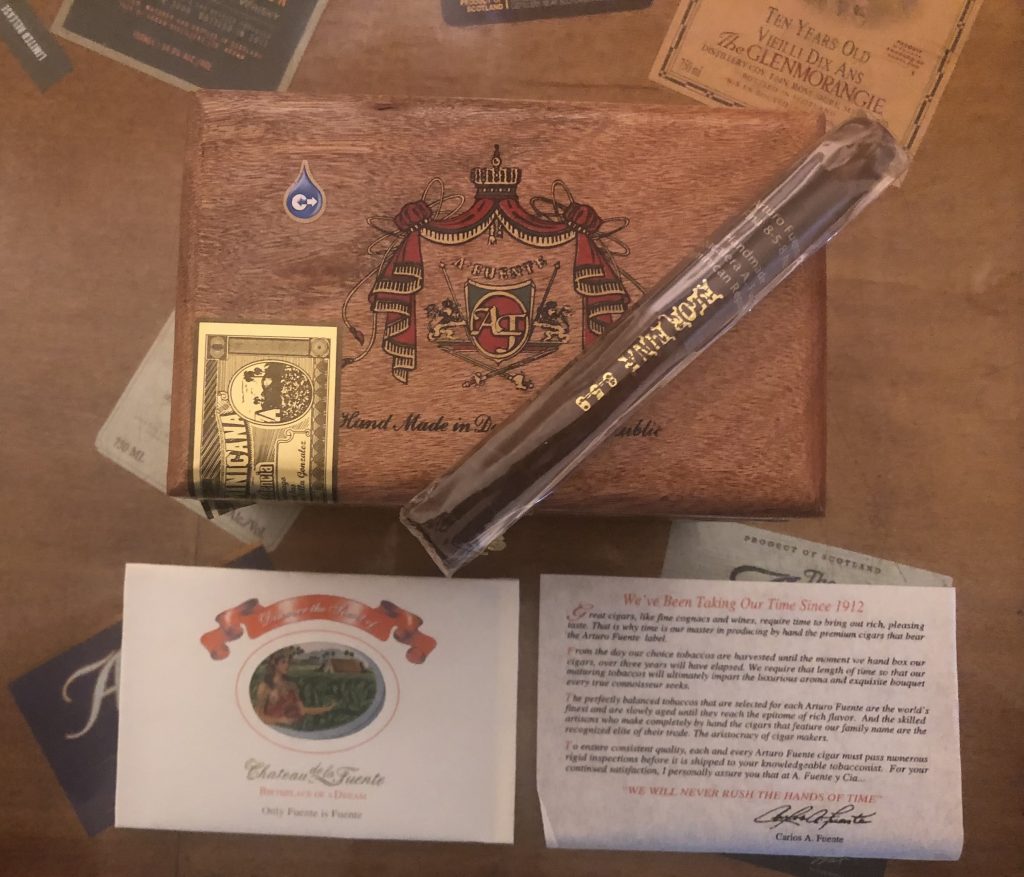
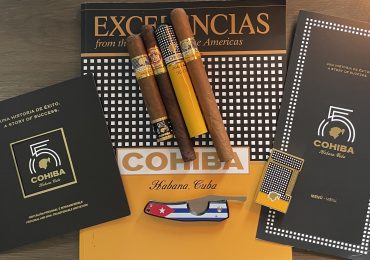
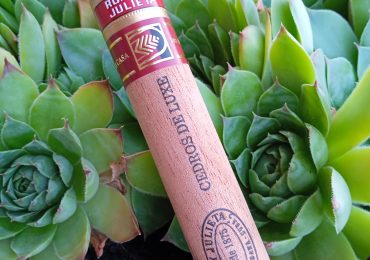
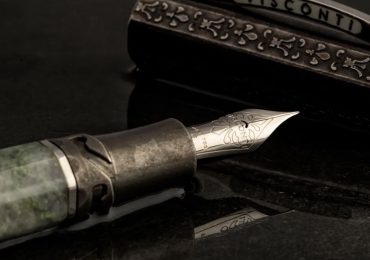
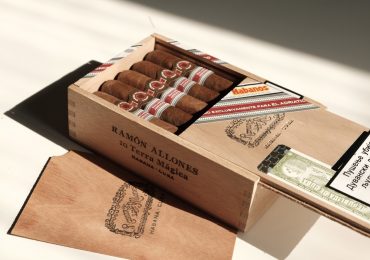
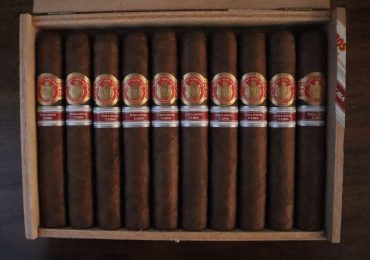
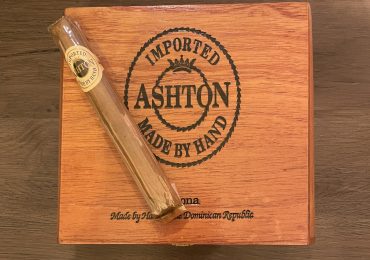
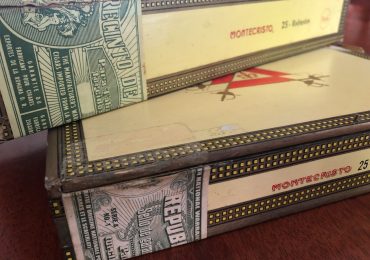
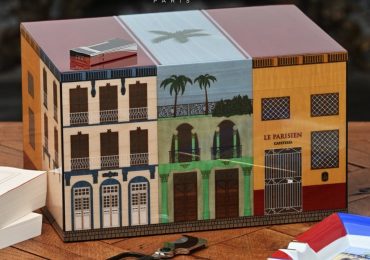
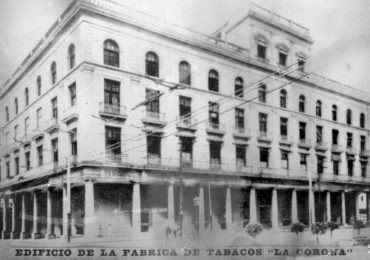
Excellent article
thank you Johnny! glad you enjoyed